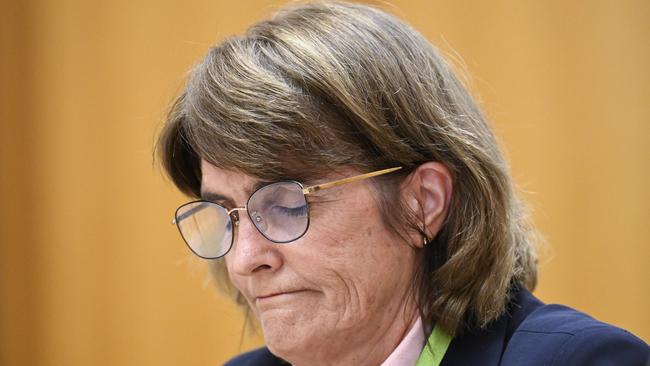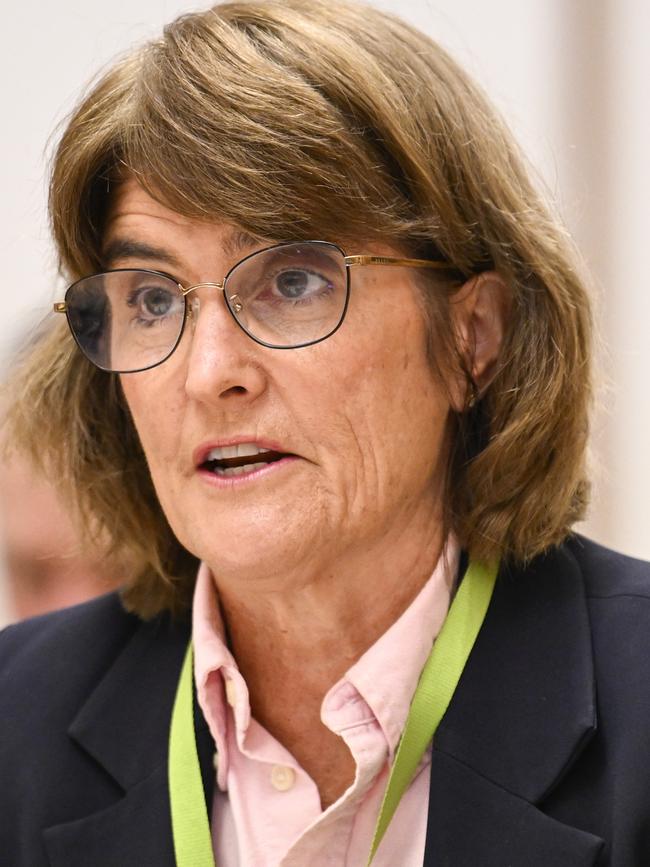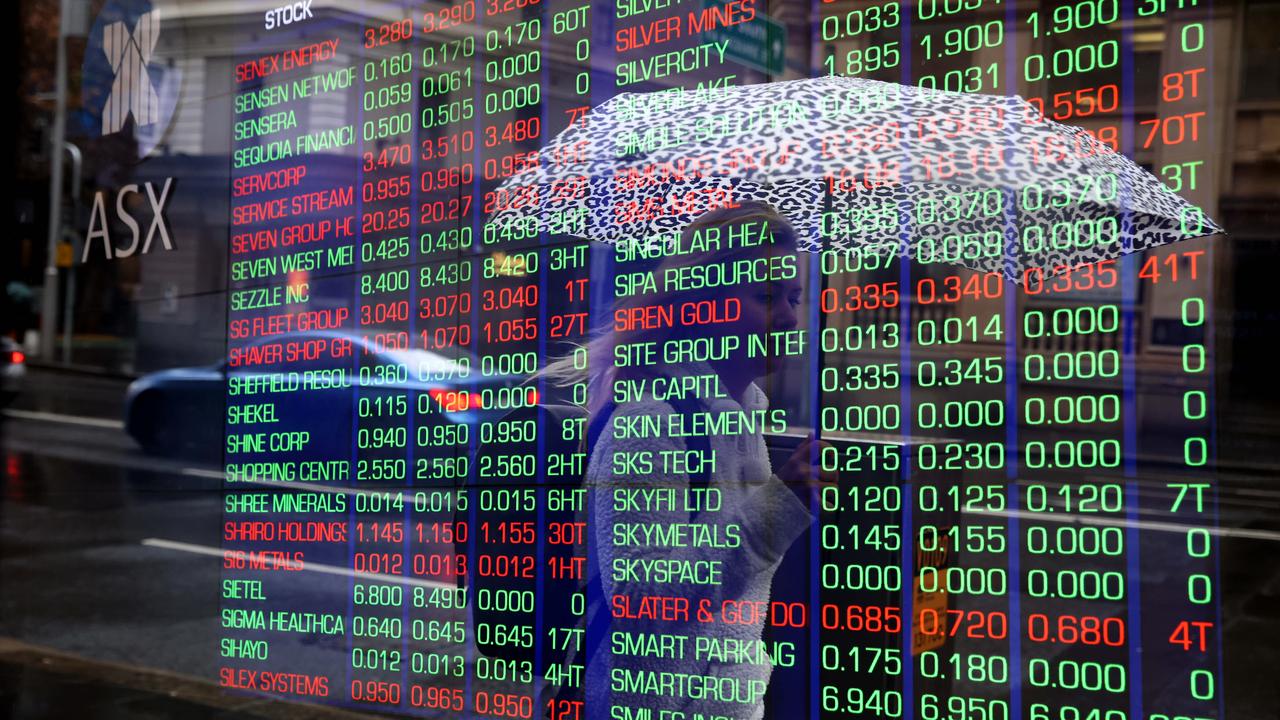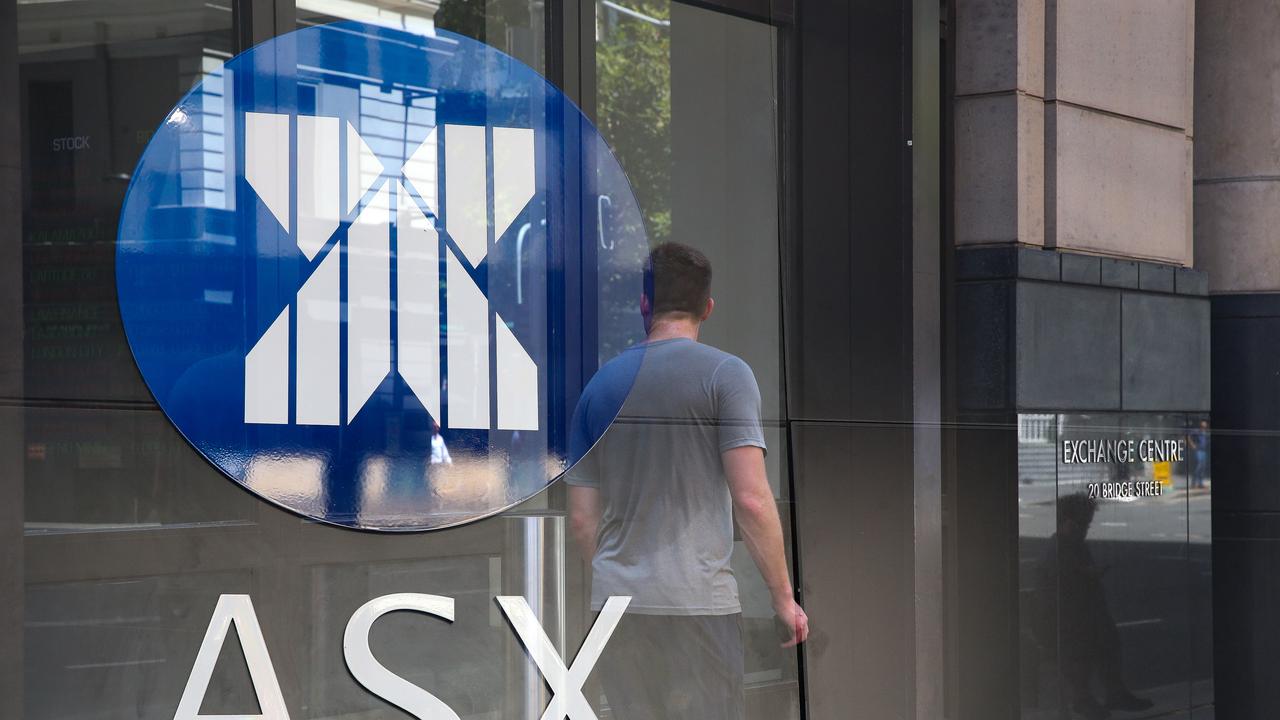
Financial markets continue to expect another 25 basis point-cut in the RBA’s overnight cash rate target by July and 57 basis points of cuts by year-end, after Australia’s monthly CPI indicator — a partial measure of the consumer price index — showed annual headline inflation remained at 2.5 per cent versus an expected rise of 2.6 per cent for the year to January.
Monthly core measures of inflation were largely as expected at 2.8-2.9 per cent versus the RBA’s 2-3 per cent target band, and its forecast the “trimmed mean” will fall to 2.7 per cent by June and be unusually stable at that level through mid-2026.
For the first time since 2021, consecutive monthly trimmed mean inflation measures were within the RBA’s 2-3 per cent target band.
More important — given the first monthly CPI indicator of the quarter focuses on goods inflation — were encouraging signs for quarterly CPI data due at the end of April.
NAB said the housing components of the data showed a “disinflationary impetus” beyond what occurred in the December quarter. A 0.3 per cent month-on-month rise in rents was well below the 0.7 per cent rise seen in January 2024 and the 0.6 per cent pace seen as recently as August 2024.
Similarly, new dwelling construction costs for owner-occupiers fell 0.1 per cent.
In January 2024 they rose 0.1 per cent and as recently as July 2024 were running at 0.4 per cent.
The ABS said annual new dwellings inflation slowed because home builders offered discounts and promotional offers to entice business, and the supply of materials and labour improved.
“The housing components firm up our view for March quarter trimmed mean CPI of 0.6 per cent quarter-on-quarter, which would see the year-on-year rate fall to 2.8 per cent,” said NAB head of market economics Tapas Strickland.

“If that quarterly pace is sustained into the March quarter, it would see the year-on-year rate fall to 2.5 per cent, two tenths below the RBA’s February Statement on Monetary Policy forecast.”
While announcing a widely-expected cut in the cash rate target by 25 basis points to 4.1 per cent last Tuesday, the RBA carefully managed expectations of further interest rate relief, with governor Michele Bullock saying the Bank “cannot declare” victory over inflation.
Recent labour market data were “unexpectedly strong”, suggesting the labour market may be “somewhat tighter than previously thought”.
Productivity growth hadn’t picked up, which “implies that growth in unit labour costs remains high”.
“So, while today’s policy decision recognises the welcome progress on inflation, the board remains cautious on prospects for further policy easing,” the RBA’s post-meeting decision statement said.
But, Mr Strickland said the “better inflation narrative relative to the RBA’s forecasts” was on track and should “green light” another interest rate cut in May.
“Thereafter, much will depend on the outlook for economic activity and the jobs market,” he added.
“At least today’s report does not suggest much pass-through occurring from the lower Australian dollar or other cost growth.”
The Australian dollar fell about 10 per cent from the end of September through mid-January.
Garments prices fell 2.5 per cent on-month, similar to January 2024, albeit with a larger-than-usual fall for footwear.
Furniture and appliances were mixed, but overall were rising about 1 per cent year-on-year. Major household appliances fell 2.3 per cent on-month, whereas in January 2024 they rose 1.2 per cent, while furniture fell 5.5 per cent on-month, similar to January 2024.
Betashares chief economist David Bassanese also said the monthly CPI report was “good news for those hoping for another Reserve Bank interest rate cut within coming months”.
“All these measures are comfortably within the RBA’s 2-3 per cent target band, albeit in part due to the artificial reduction in electricity prices caused by government rebates,” Mr Bassanese said.
The ABS said electricity rebates lowered electricity prices by 10.7 per cent more than would have otherwise been the case over the past year.
But, with its 2 per cent weight in the CPI, electricity only shaved 0.2 per cent off annual CPI inflation.
“In other words, excluding electricity rebates, headline inflation would be 2.9 per cent on a seasonally adjusted basis, still within the RBA’s 2 to 3 per cent target band,” Mr Bassanese added.
“The best news, however, was that the annual trimmed mean inflation rate only bounced back modestly, from 2.7 to 2.8 per cent, which bodes well for another encouraging quarterly CPI report.
Mr Bassanese said the RBA’s forecast for annual trimmed mean inflation to fall from 3.2 per cent in the December quarter of 2024 to 2.7 per cent by the June quarter should be consistent with another interest rate cut, at least by the time of the August monetary policy meeting.
“But, in my mind, there’s also room to cut interest rates as early as May if, as I expect, the March quarter CPI in late April shows a fall in annual trimmed mean inflation to at least 3 per cent or less.
“After all, the official cash rate is still at restrictive levels and further interest rate cuts at this stage still only involves easing back on the level of policy restrictiveness — taking the foot off the brake rather than pushing down on the accelerator.”






A week after the central bank aggressively pushed back on expectations of further interest rate cuts because they could stymie the disinflation process, the latest economic data have reinforced expectations annual inflation will undershoot the RBA’s forecast by June.